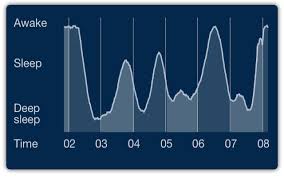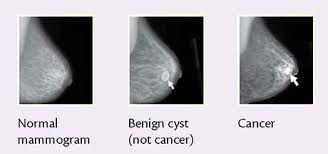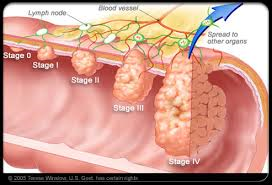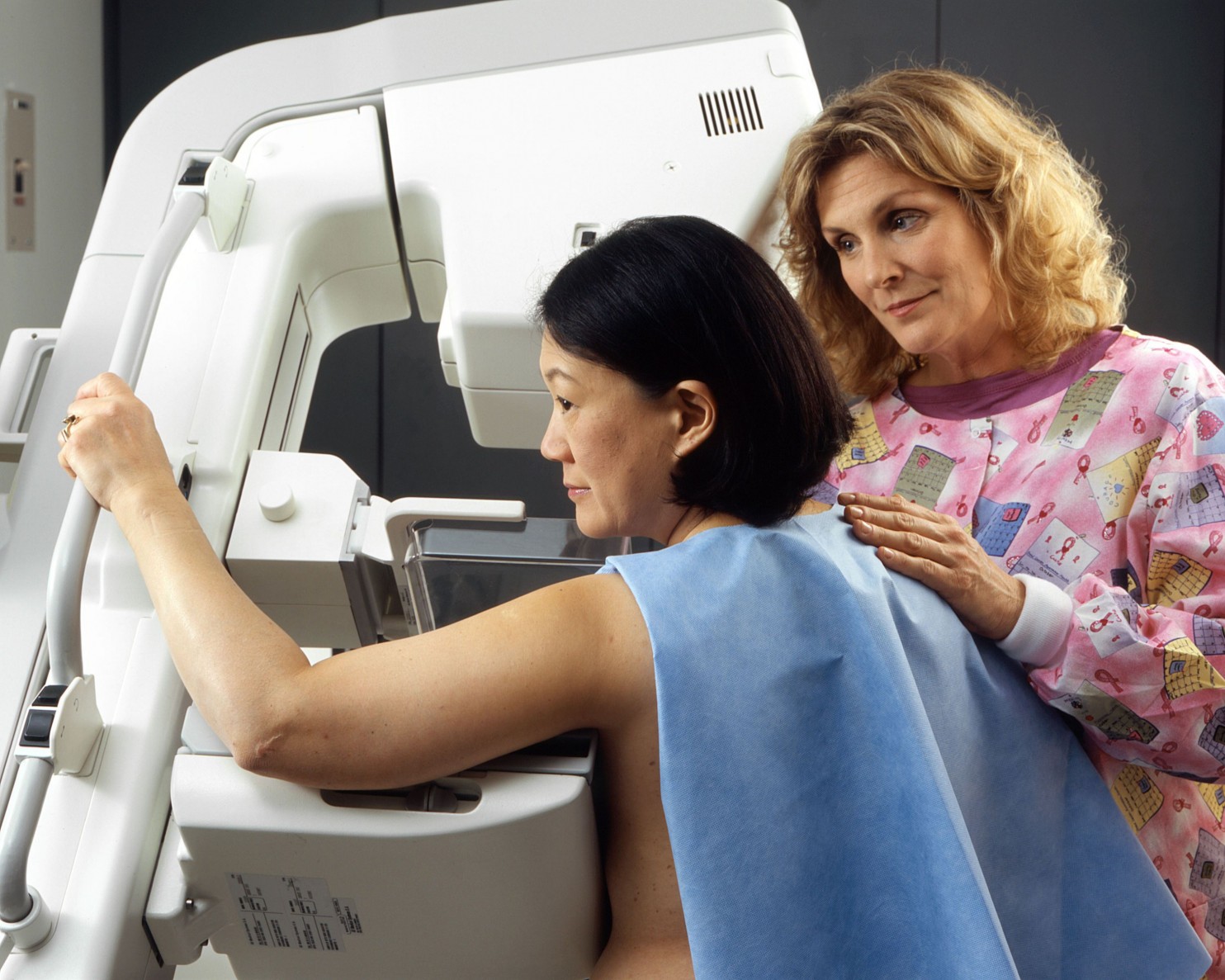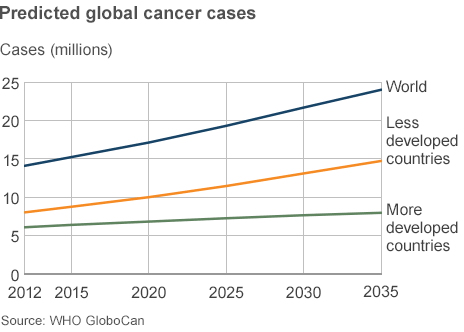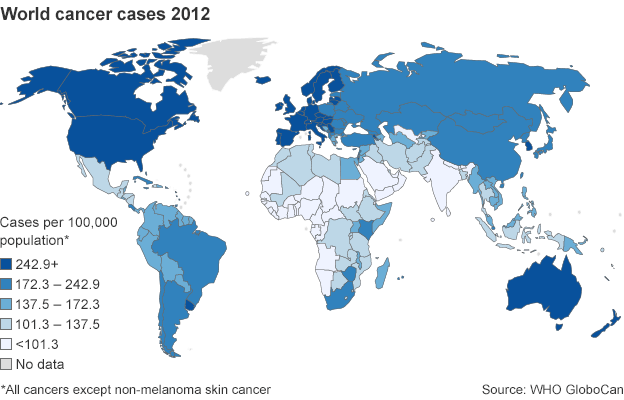 Researchers found that women who had given birth might have a reduced risk of death from several common conditions than those who had not, according to a study released Friday by the Imperial College London (ICL).
Researchers found that women who had given birth might have a reduced risk of death from several common conditions than those who had not, according to a study released Friday by the Imperial College London (ICL).
The study, led by ICL researchers, was published in the journal BMC Medicine. It investigates the association between the so-called reproductive factors – such as having children and breastfeeding – and a woman’s risk of death.
Researchers analyzed data from 322,972 women across 10 countries, including the UK, France, Germany and Sweden, with an average age of 50.
Each woman was followed for an average of 12.9 years. During this period, there were 14,383 deaths overall, which included 5,938 deaths from cancer and 2,404 deaths from circulatory system diseases, according to the study.
according to the study.
The team compared a host of reproductive factors with risk of death from several common conditions, such as breast cancer, stroke and heart disease.
The researchers found that women who had given birth had a 20 per cent reduced risk of death than those who had not. It was also found that there was a reduced risk of death (eight per cent) in women who had breastfed compared to those who did not.
The risk of death from cancer was lower in those that had given birth compared to those that had not. Within this group, the risk was reduced even further in women that gave birth to two or three children in comparison to those who had one child.
Source: English News

